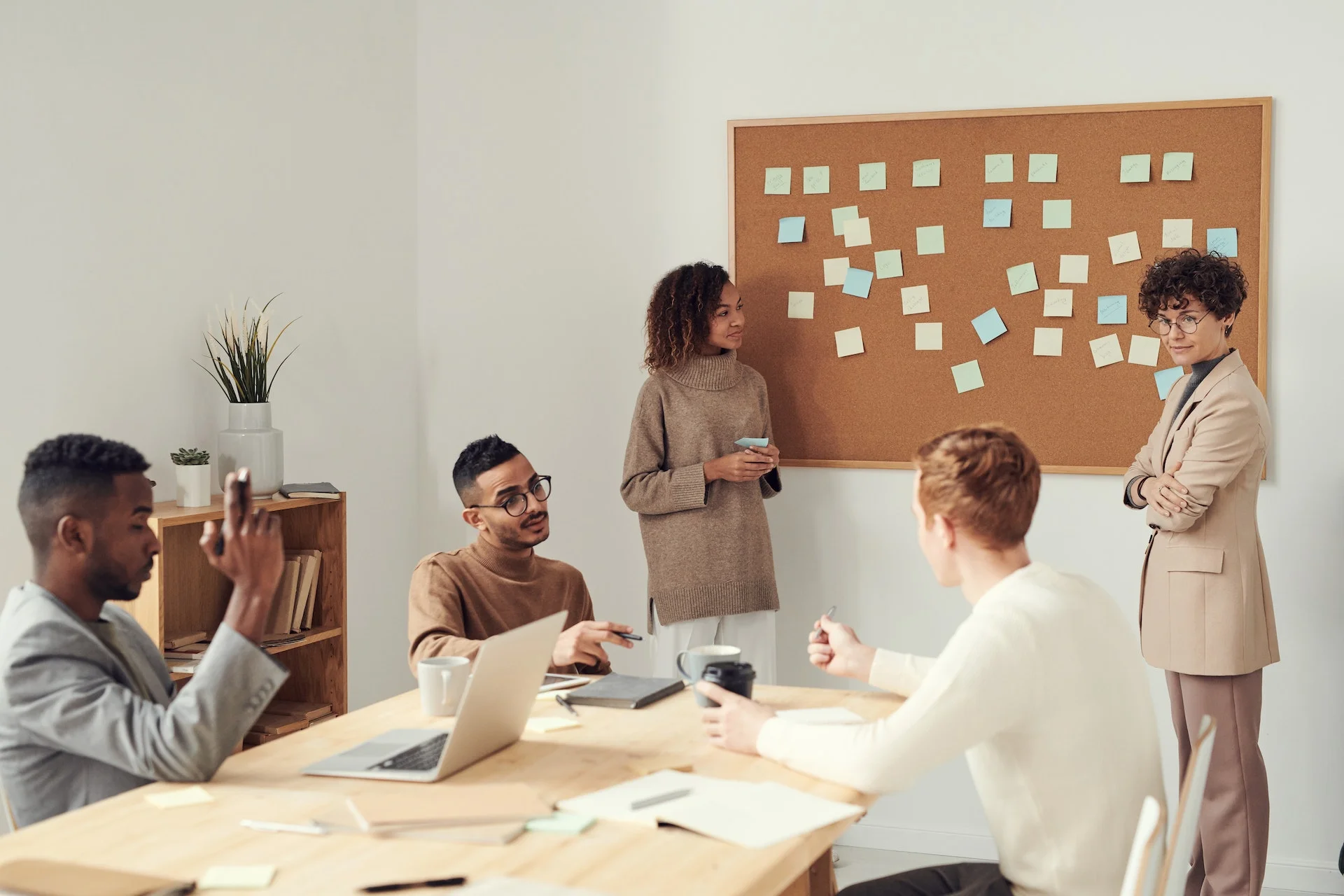At Fullspark, we are passionate about creating exceptional design solutions that not only meet, but exceed our clients’ expectations. This cannot happen, if we do not incorporate client feedback into every stage of our design process. Let us take you behind the scenes to explore how feedback is seamlessly integrated into our design workflow, ensuring that our designs are not just beautiful but also functional, user-friendly, and tailor-made to our clients’ unique needs.
1. A Collaborative Approach
Our commitment to collaboration begins at the project’s inception. We understand that our clients are the experts in their field, and their input is invaluable. During initial brainstorming sessions, we encourage clients to share their visions, preferences, and expectations. This dialogue sets the foundation for a collaborative partnership where ideas flow freely, and everyone’s insights are considered.
2. User-Centered Design
User-centered design is more than a buzzword; it’s a guiding principle at Fullspark Agency. We go beyond client input by engaging with the end-users themselves. We conduct user research to understand their behaviors, preferences, and pain points. This data forms the basis for design decisions. By integrating user feedback, we ensure that our designs not only align with our clients’ goals but also resonate with the target audience, resulting in user-friendly interfaces and experiences.
3. Iteration and Prototyping
Our design process is inherently iterative. We believe in the power of quick and early visualization. We start with rough sketches and wireframes to rapidly explore design concepts. These early-stage designs are shared with clients for feedback. This iterative approach allows us to test ideas, discard what doesn’t work, and refine what does. It’s a proactive way to ensure that the design evolves in the right direction.
4. Client Reviews and Revisions
Regular client reviews are important to our design process. We hold review sessions at key milestones, presenting design concepts and prototypes. These sessions provide clients with an opportunity to provide feedback and suggestions. We view this feedback loop as a collaborative dialogue, ensuring that the design remains aligned with the client’s vision and objectives. It also minimizes the chances of miscommunication and ensures that the project stays on track.
5. In-House Critiques
Internal feedback is also a vital aspect of our process. Our team regularly participates in peer reviews and critiques. This internal feedback mechanism challenges us to refine and improve our work. It also encourages creativity and ensures that our design solutions are well-rounded and thoroughly evaluated from multiple perspectives.
6. Prototyping Tools
We employ prototyping tools that enhance feedback and collaboration. These tools allow clients to interact with prototypes in a hands-on way, providing a tangible feel for the design. Clients can comment directly on prototypes, making feedback clear, concise, and actionable. This approach streamlines the feedback process, enabling us to address specific points efficiently.
7. Agile Methodology
Our adoption of Agile methodology means that feedback is an integral part of each sprint. We prioritize features, make design decisions, and iterate based on feedback from both clients and users. This agile approach allows us to remain flexible and responsive to changing needs and emerging insights. It also ensures that our clients are closely involved in the decision-making process throughout the project’s lifecycle.
8. Post-Launch Feedback Analysis
Our commitment to feedback doesn’t end when a project goes live. We continue to monitor user feedback and analyze analytics post-launch. This data-driven approach allows us to identify areas for improvement and make refinements as needed to optimize the user experience. By remaining attentive to post-launch feedback, we ensure that our designs evolve and stay aligned with the changing needs and expectations of users.
9. Continuous Improvement
At Fullspark Agency, we see feedback as a catalyst for continuous improvement. We view each project as an opportunity to learn and grow. The lessons we glean from one project are applied to future endeavors, ensuring that our design process evolves and becomes increasingly effective over time. This commitment to improvement is at the core of our ethos, driving us to deliver ever-better design solutions to our clients.
In essence, our approach to integrating feedback into our design process is a multi-faceted strategy that values collaboration, user-centricity, and ongoing improvement. It’s a dynamic and flexible framework that ensures our designs not only meet our clients’ expectations but also consistently exceed them. Feedback isn’t just a phase; it’s a continuous loop that drives us to deliver excellence in every design project we undertake.
